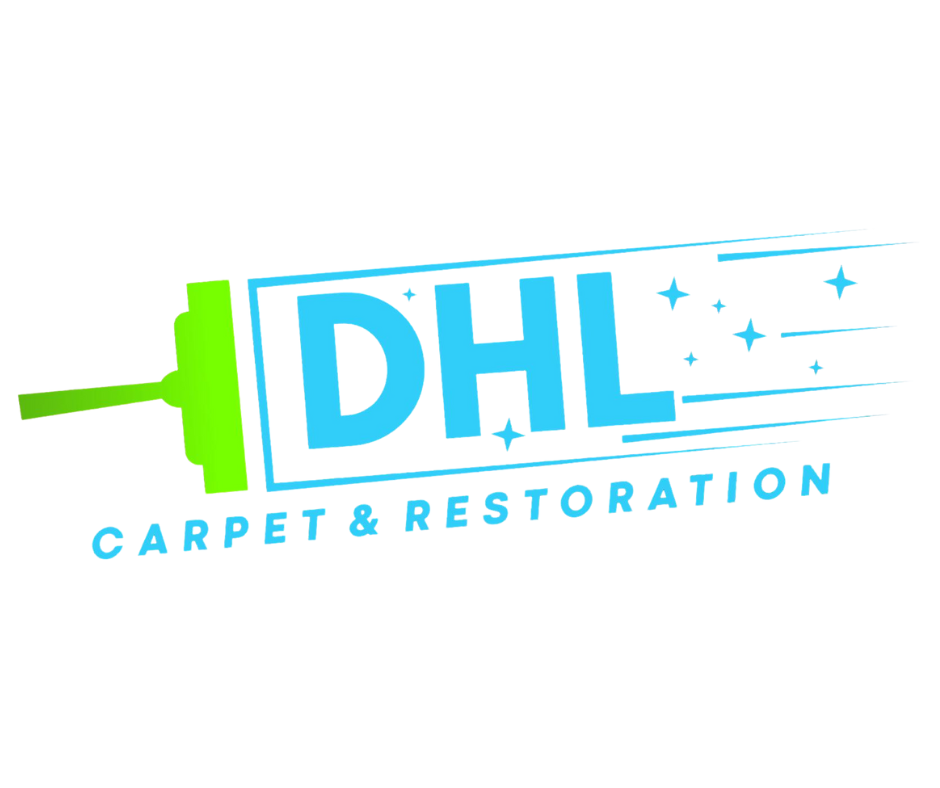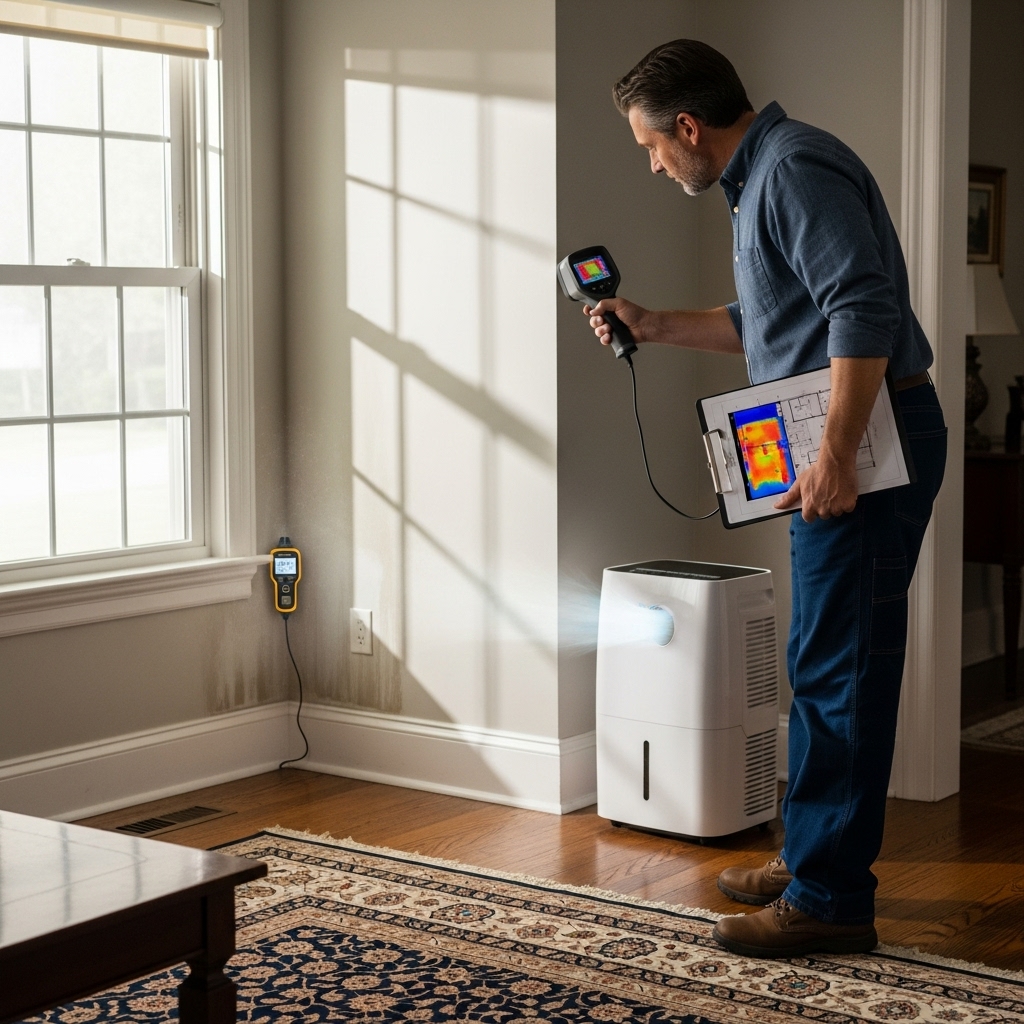Understanding What Drives Mold Inspection Value in New Jersey
New Jersey’s varied climate, aging housing stock, and coastal weather patterns make mold concerns a common topic for homeowners. When people ask what they will pay for a mold inspection, they are really asking what drives value, scope, and outcomes. Instead of focusing on numbers, this guide breaks down the factors that influence the overall investment, how inspectors structure their work, and the deliverables that help protect your property, health, and peace of mind. If you want a quick way to connect with trained professionals, consider exploring reputable mold inspection services as you review your options.
While budgets matter, the real priority is ensuring your inspection is thorough, unbiased, and actionable. A strong inspection uncovers the source of moisture, documents mold conditions, and provides a practical remediation roadmap so you can make decisions with confidence.
Why Mold Inspections Matter in the Garden State
New Jersey homes face moisture from coastal storms, summer humidity, nor’easters, and freeze-thaw cycles that stress roofs, foundations, and exterior cladding. Many homes also feature basements, crawl spaces, and older construction that can harbor condensation or hidden leaks. Because mold is a symptom of moisture imbalance, successful inspections focus first on water sources and building science before turning to sampling and lab work.
Whether you live in a shore bungalow, a suburban colonial, or an urban multifamily, a quality inspection helps you understand:
- Where moisture enters or accumulates
- Which materials are affected and to what extent
- Whether indoor air quality is likely influenced
- What steps will stop the moisture and address mold safely
- How to prevent recurrence with ventilation, drainage, or maintenance changes
Key Factors That Influence What Homeowners Pay
Every property and situation is different. The following factors typically influence the overall effort, time on site, sampling plan, and reporting depth, which together shape the total investment in an inspection:
- Property size and layout: Larger homes, multiple stories, and complex floor plans take more time to assess, especially when attics, crawl spaces, and detached structures are included.
- Accessibility and safety: Tight crawl spaces, steep roofs, and areas with limited access require extra precautions and time.
- Visible conditions: Widespread staining, odors, or extensive water damage increase the scope of the visual survey and documentation.
- Moisture complexity: Hidden leaks, intermittent dampness, or differential humidity between zones call for more moisture mapping and diagnostics.
- Sampling strategy: Some situations call for air sampling, surface sampling, or wall-cavity sampling. The number and type of samples affect lab coordination and final reporting detail.
- Urgency and scheduling: After a flood or burst pipe, you may need rapid response and faster turnaround, which can influence logistics.
- Deliverables and reporting: Comprehensive reports with photographs, floor-by-floor findings, interpretations, and step-by-step recommendations require careful documentation and analysis.
- Location nuances: Shore properties, homes near marshlands, or older masonry structures may present unique moisture pathways that take more time to evaluate.
What a Thorough Mold Inspection Includes
A high-quality inspection is far more than a quick walk-through. While each professional has a process, you can expect the following elements from a detailed, building-science-first approach:
- Intake and history: The inspector gathers your concerns, property age, prior leaks, recent storms, renovations, or occupant symptoms that may guide the assessment.
- Exterior assessment: Review of grading, downspouts, gutters, siding, flashing details, and roof surfaces for drainage and intrusion risk.
- Interior visual survey: Room-by-room review for staining, discoloration, musty odors, microbial growth, or damaged materials.
- Moisture mapping: Use of moisture meters and, when appropriate, thermal imaging to trace dampness behind finishes or within assemblies.
- HVAC evaluation: Inspection of air handlers, filters, ductwork, and supply/return locations that may influence airborne spread or humidity.
- Sampling plan (if warranted): Selection of representative locations for air or surface samples based on the visual and moisture findings.
- Documentation: Photos, location notes, and measurements that will appear in the final report.
- Findings and recommendations: A clear plan to correct moisture sources, address mold-impacted materials, and validate results after work is complete.
Inspection Versus Remediation: The Value of Independence
It is generally best practice to keep inspection and remediation services separate to avoid conflict of interest. An independent inspection provides objective findings, then you can solicit proposals for remediation based on those findings. This separation helps ensure you receive a transparent scope and that any follow-up evaluation, if requested, focuses on verifying outcomes rather than selling additional work.
Understanding Sampling Without Getting Lost in the Details
Sampling does not replace a visual and moisture-based assessment; it complements it. Inspectors select the type and number of samples to answer specific questions, such as whether a musty odor correlates with elevated airborne mold counts, or if a stained material is actively colonized. Common sample types include:
- Air samples: Collected indoors and outdoors to compare spore types and relative concentrations.
- Surface samples: Tape lifts or swabs used to identify the types of mold present on visible growth.
- Wall-cavity air samples: Helpful when hidden moisture is suspected but access is limited.
The lab report will identify genera and relative levels, but the interpretation matters most. A strong inspection weaves lab results into the moisture findings and building context, drawing conclusions you can act on without guesswork.
New Jersey Considerations: Basements, Attics, and Shore Homes
Many New Jersey homes rely on basements for storage or finished living space. Sump systems, dehumidifiers, and foundation drainage all play a role in keeping these areas dry. Inspectors will look for efflorescence, past water lines, and insulation or vapor barrier details. Attics, especially in older homes, may suffer from poor ventilation or bath fans that terminate in the attic, creating condensation and seasonal mold conditions on roof sheathing.
Shore homes face wind-driven rain, salt exposure, and higher ambient humidity. Inspectors pay close attention to window and door flashing, deck-to-wall interfaces, crawl space ventilation, and underside sheathing on elevated structures.
How Long an Inspection Takes
Time on site depends on size, access, and complexity. A compact condo with a single concern may take less time than a multilevel home with past flooding and suspected hidden moisture. Thorough documentation and careful sampling, when needed, add to the on-site duration, and you should also account for time to receive and interpret lab results if samples are collected.
Deliverables You Should Expect
The value of an inspection is measured by the clarity and usefulness of the deliverables you receive. A strong report typically includes:
- Summary of your concerns and the inspection scope
- Annotated photos and location notes
- Moisture readings and mapped areas of concern
- Sampling rationale and lab results (if applicable)
- Plain-language interpretation of findings
- Specific recommendations to correct moisture and address mold
- Guidance on verification steps after remediation
Ways to Prepare and Get the Most From Your Inspection
Preparation helps your inspector work efficiently and focus on what matters. Consider the following before the visit:
- Collect a brief history: prior leaks, storms, or plumbing issues; areas that smell musty; rooms where occupants report symptoms.
- Ensure access: clear paths to attics, crawl spaces, utility rooms, and under sinks.
- List priorities: note locations you most want evaluated, including seasonal or intermittent problems.
- Minimize changes: avoid running dehumidifiers on high right before the visit if the goal is to understand typical humidity patterns. Follow specific instructions from your inspector.
- Document with photos: If the issue is intermittent, photos or dates help build the timeline.
Mid-Project Decisions and Communication
During the inspection, findings may suggest a pivot in the sampling plan or deeper exploration of a newly discovered issue. Clear communication ensures you understand why the scope is evolving and how it supports accurate conclusions. If you decide to request testing, discuss the number of samples, turnaround expectations, and how results will influence recommendations. For additional context or to compare approaches, many homeowners review established mold inspection services and the methods they describe.
Common Mistakes to Avoid
- Skipping the moisture root cause: Treating visible mold without solving water entry or humidity invites recurrence.
- Relying on numbers alone: Lab data without context can mislead; interpretation tied to building conditions is essential.
- Combining inspection and remediation without question: Separation often yields more objective recommendations.
- Overlooking ventilation: Bath fans, range hoods, and attic ventilation significantly influence indoor moisture.
- Delaying after a water event: Quick assessment helps limit damage and microbial growth.
Frequently Asked Questions
Q: Do I always need air testing?
A: Not always. If the source and extent of growth are clear, your inspector may prioritize moisture correction and safe removal recommendations. Testing is valuable when validating air quality, documenting hidden issues, or supporting clearance after remediation.
Q: Can I rely on a DIY kit?
A: DIY kits rarely provide the context you need. Mold spores are virtually everywhere, so growth on a petri dish alone does not confirm a problem. Professional inspections integrate building science, moisture mapping, and appropriate sampling to draw meaningful conclusions.
Q: How long does it take to get results if samples are collected?
A: Turnaround depends on the lab schedule and the sample type. Your inspector will explain when to expect the report and how results inform the action plan.
Q: Are inspectors in New Jersey licensed for mold?
A: New Jersey does not have a specific statewide mold inspector license requirement. Reputable professionals often hold certifications through organizations focused on indoor environmental quality and follow recognized industry standards.
Q: Will an inspection tell me exactly how to remediate?
A: A strong report outlines moisture correction and remediation steps at a level of detail that contractors can follow, including containment, removal or cleaning approaches, and verification criteria.
Q: Can the same company both inspect and remediate?
A: It is common for homeowners to separate those roles to avoid conflicts of interest. Independent verification helps ensure the work meets the intent of the recommendations.
Q: What if I smell musty odors but see nothing?
A: Odors often point to hidden moisture. An inspection prioritizes moisture mapping, reviews concealed areas, and may include targeted sampling to investigate further.
Long-Term Prevention and Peace of Mind
Prevention is the most cost-effective strategy over the life of your home. Control humidity with ventilation and dehumidification, maintain gutters and grading, address leaks promptly, and schedule inspections after significant water events. When you treat mold as a moisture problem first, your efforts deliver lasting results.
Ready to Move Forward
If you are evaluating the value of an inspection, clarity and independence are key. Make sure your inspector explains the plan, documents findings thoroughly, and ties lab results to practical steps. To connect with experienced professionals who focus on building science and clear reporting, reach out to trusted mold inspection services and schedule a visit that fits your timeline and goals.

